In the intricate world of electrical engineering and electronics, every component and material plays a pivotal role in achieving optimal performance. Litz wire, a specialized solution with unique properties, stands as a testament to innovation, enhancing the efficiency of electromagnetic devices to new heights. Let's embark on a journey to uncover the science behind Litz wire and explore its multifaceted advantages in the realm of electromagnetic excellence.
The Essence of Litz Wire
Litz wire, derived from the German term "Litzendraht" meaning braided wire, represents a complex yet ingenious form of wire construction. It diverges from the conventional solid or stranded wire by consisting of multiple individual strands intricately interwoven. These strands are not haphazardly arranged; instead, they adhere to a meticulous geometric pattern, with each strand carrying a fraction of the total current.
The Noble Purpose of Litz Wire
At its core, Litz wire serves a noble purpose – to mitigate the adverse effects of skin effect and proximity effect in high-frequency applications. These phenomena come into play when alternating current (AC) flows through a conductor. Skin effect causes the current to concentrate predominantly on the outer surface of the conductor, while proximity effect leads to magnetic field interactions between neighboring conductors. Both phenomena result in amplified electrical resistance and energy loss, ultimately compromising the efficiency of the system.
Deciphering Litz Wire's Efficiency Quotient
The efficiency superiority of Litz wire is rooted in a profound understanding of electromagnetic principles and the behavior of alternating current. Let's unravel the science that underpins its efficiency:
1. Strand Geometry: Litz wire's strands are not randomly sized or positioned; rather, they are meticulously crafted to ensure that each strand bears an equal share of the current. This deliberate design minimizes the skin effect, as current now flows uniformly through the wire's cross-section, effectively reducing resistance and energy dissipation.
2. Insulation Mastery: The individual strands within Litz wire are not just aligned; they are also meticulously insulated from each other. This insulation prevents the proximity effect by isolating the magnetic fields generated by adjacent strands. The result? Further reduction in energy loss and improved overall efficiency.
3. Frequency Customization: Litz wire's unique design and construction make it amenable to frequency optimization. By adjusting factors such as the number and size of strands, engineers can tailor Litz wire for various applications, ranging from radio frequency (RF) coils to high-frequency transformers.
The Pinnacle Advantages of Litz Wire
Litz wire brings forth a constellation of advantages, rendering it invaluable in diverse electromagnetic applications:
1. Elevated Efficiency: Litz wire is a formidable ally in the quest for superior energy efficiency. It significantly curtails energy loss stemming from skin effect and proximity effect, ensuring that a greater proportion of power is delivered to the intended load.
2. Performance Enhancement: The deployment of Litz wire facilitates the construction of compact yet high-performance electromagnetic components. It shines particularly brightly in radio frequency (RF) and high-frequency applications, where its unique properties unlock enhanced performance capabilities.
3. Heat Mitigation: Lower electrical resistance in Litz wire translates to diminished heat generation, a pivotal factor in applications where overheating can wreak havoc on components or compromise performance.
4. Customization Prowess: Litz wire isn't a one-size-fits-all solution; rather, it's a versatile tool that can be tailored to meet precise design specifications. Engineers can fine-tune electromagnetic devices with Litz wire, achieving optimal performance for their intended applications.
5. Versatility Unleashed: The applications of Litz wire span a multitude of industries, including telecommunications, medical devices, aerospace, and renewable energy. These sectors rely on high-frequency and high-efficiency components, where Litz wire proves indispensable.

 ENGLISH
ENGLISH 简体中文
简体中文 GERMAN
GERMAN SPAIN
SPAIN
 +86 181-5747-1135
+86 181-5747-1135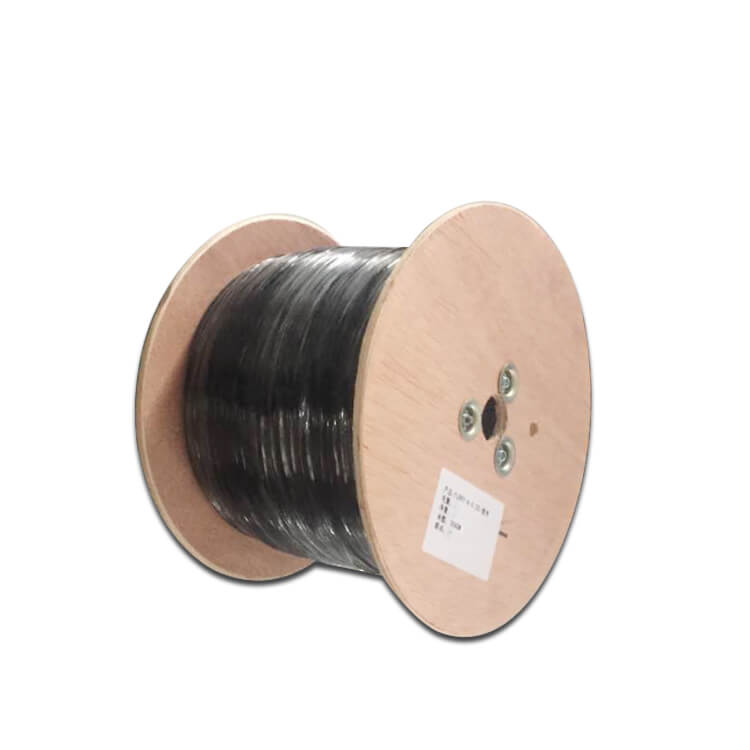
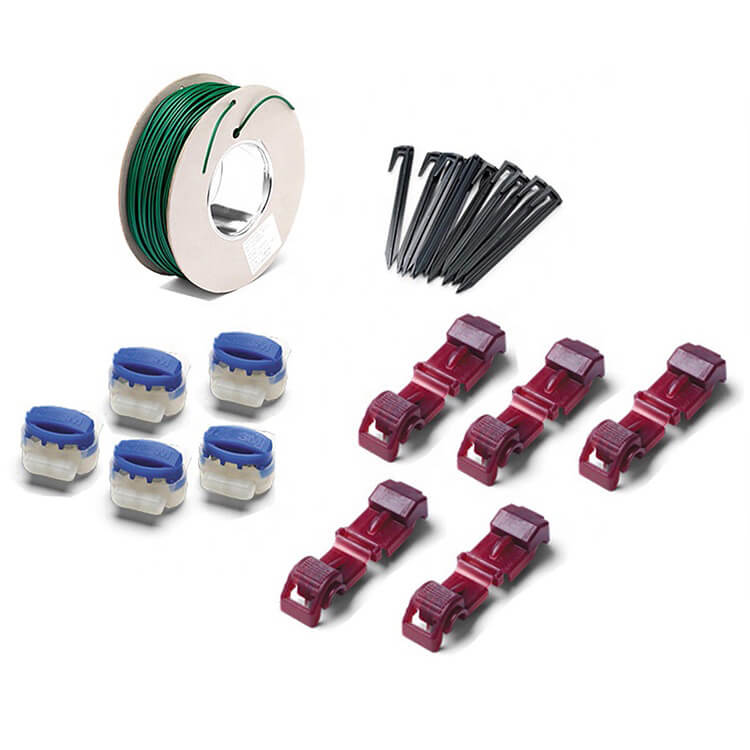
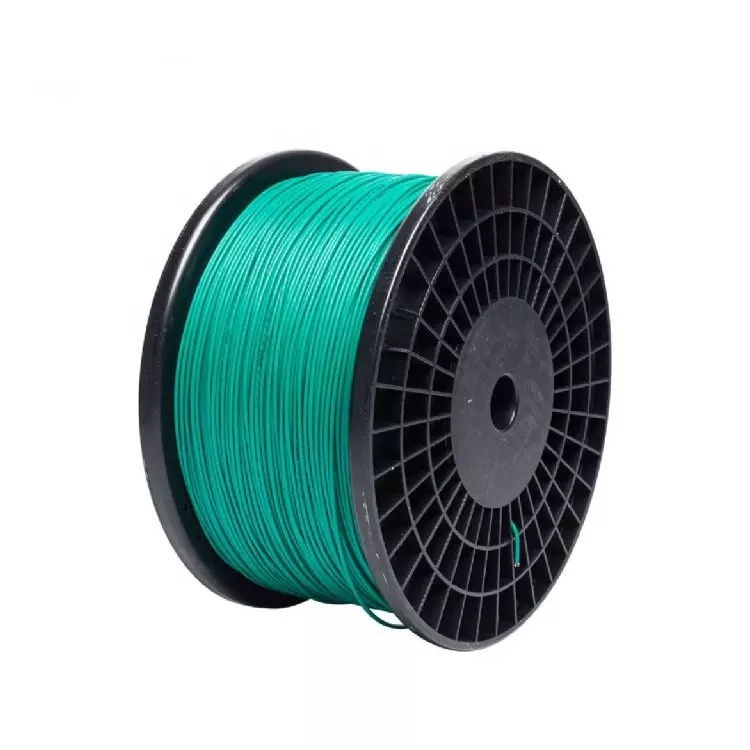
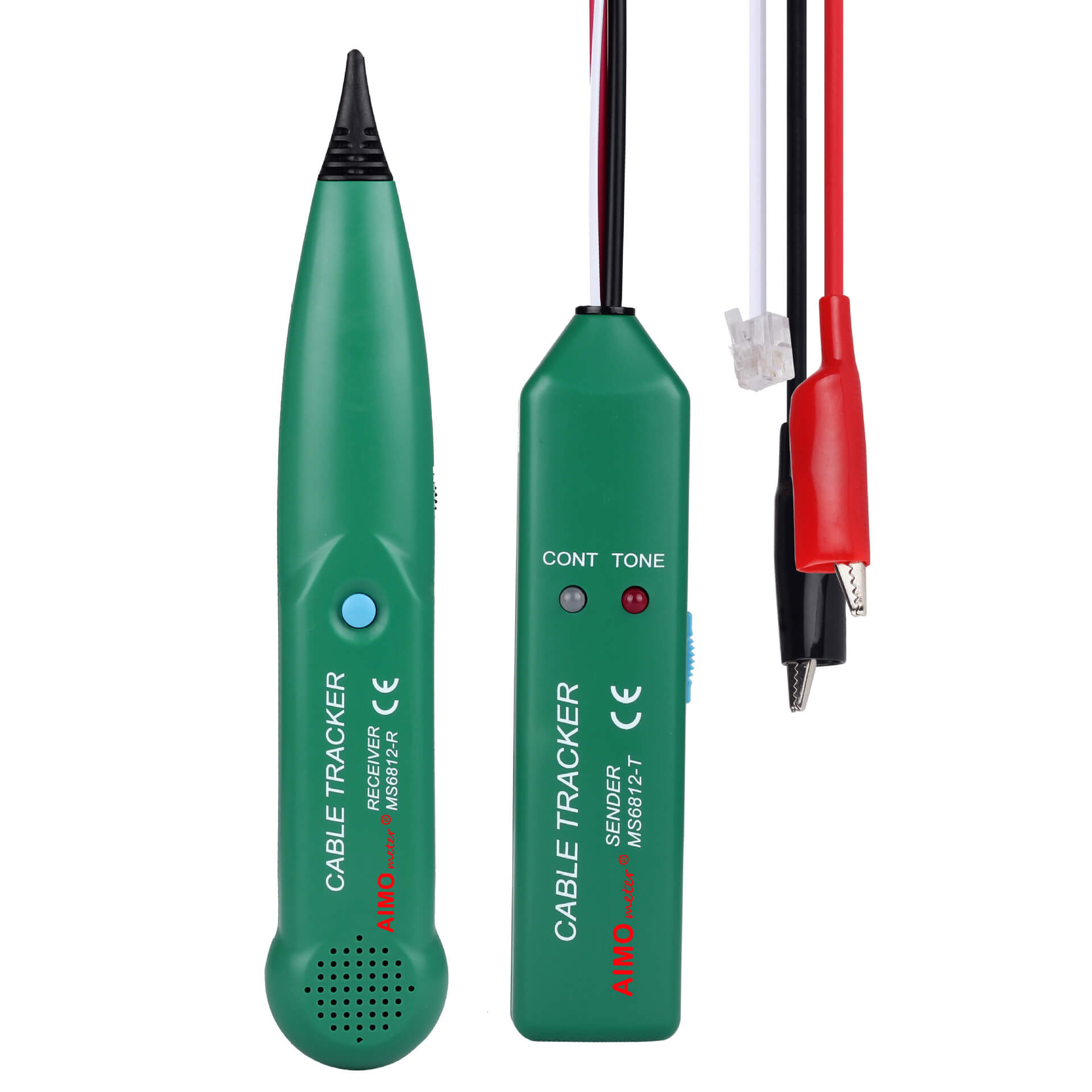


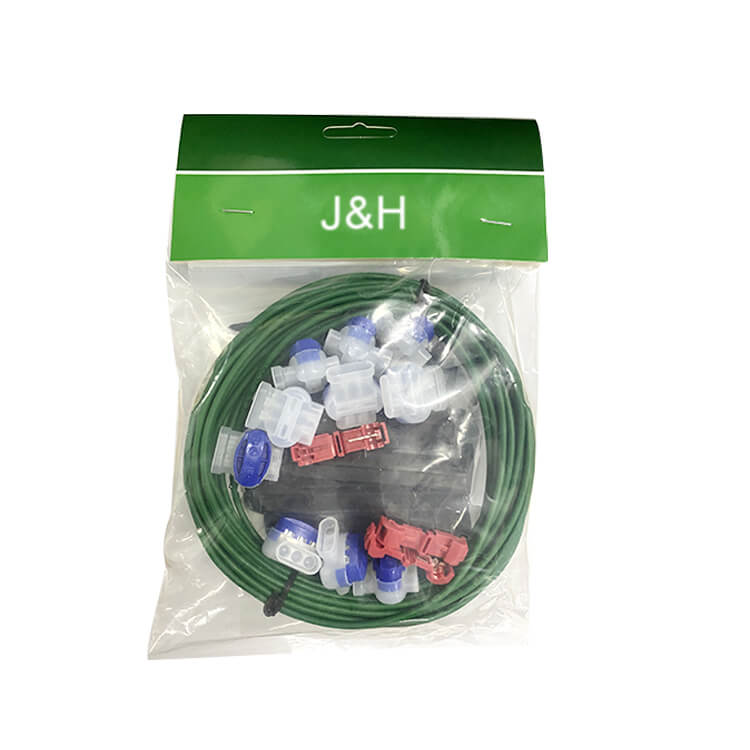
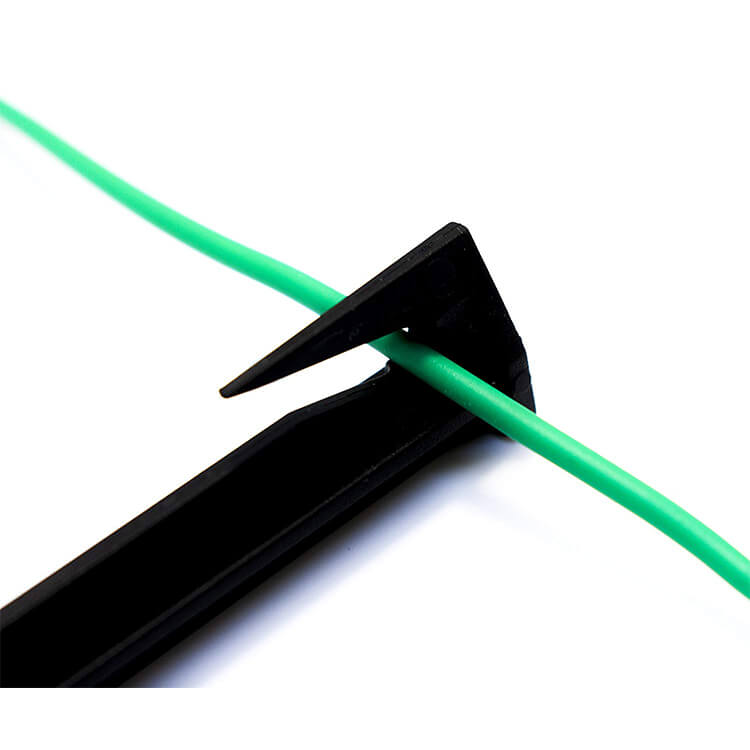
 Abroad:+86 181 5747 1135
Abroad:+86 181 5747 1135 FAX: +86 574 8900 7636
FAX: +86 574 8900 7636 E-mail:
E-mail: 

 read the map
read the map

